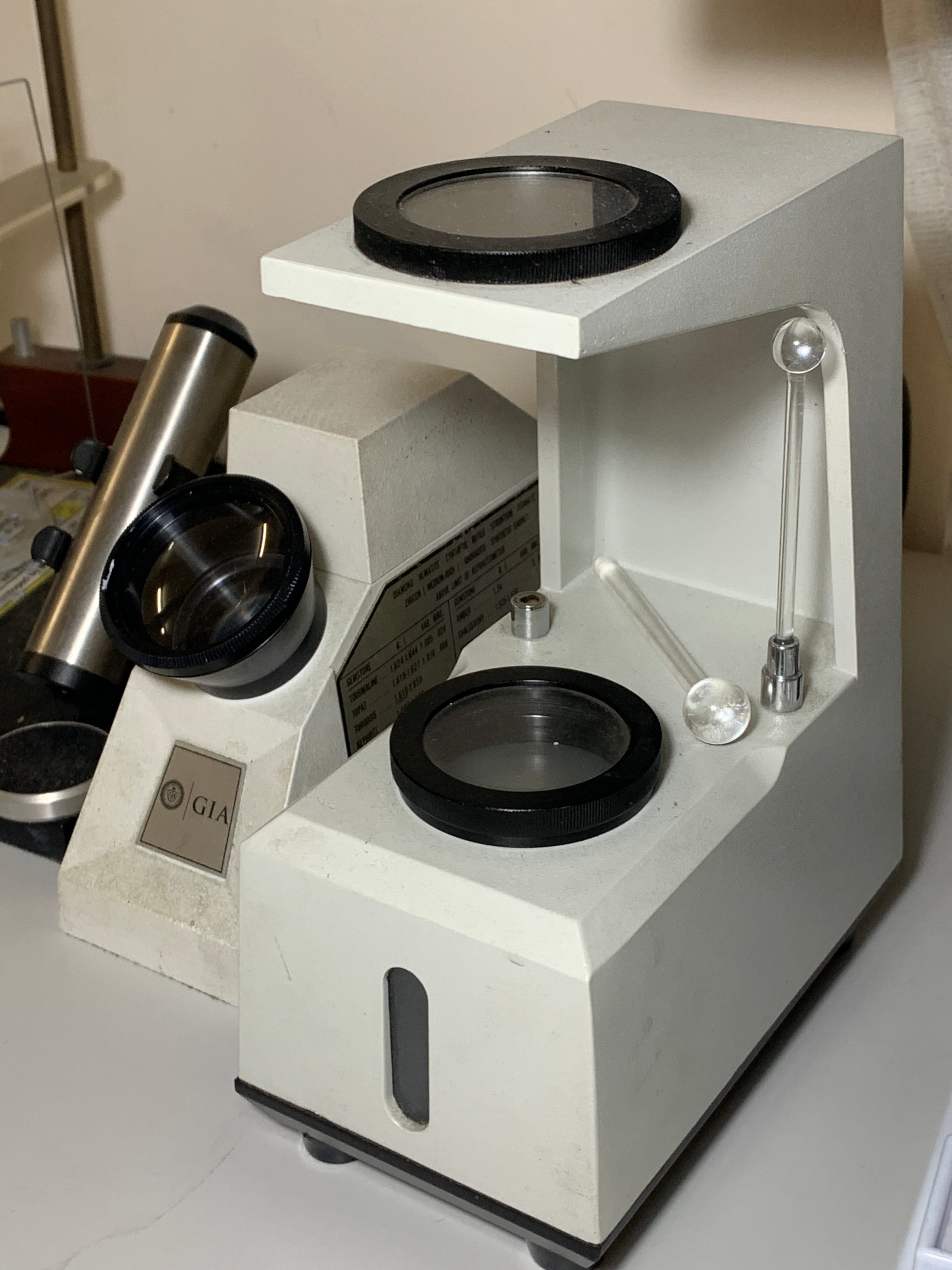- Total $0.00
How to Identify a Sapphire: Part 1
What Defines a Sapphire?
Sapphire is a precious gemstone, a variety of the mineral corundum, consisting of aluminium oxide(Al2O3).
Lets break it up:
Every gemstone is classified within its own mineral species, where members share similar characteristics with one another (for example sapphire and ruby). The chemical formula (Al2O3) and its hexagonal crystal structure define corundum family.
Colourless when pure, but impurities of various metals produce almost any colour sapphire. For instance, the blue colour in sapphire is attributed to impurities of iron and titanium. The presence of chromium impurities causes it to appear red, therefore it is identified as a Ruby.
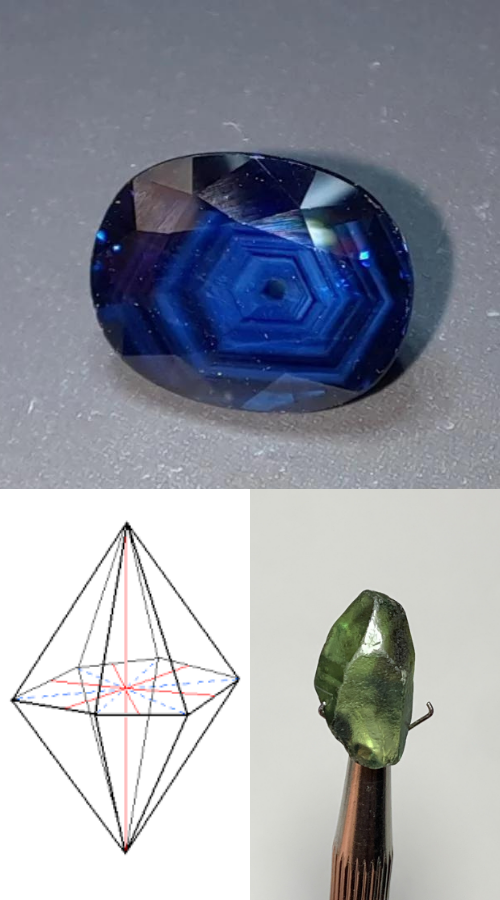
How to Identify a Sapphire?
First of all set the ground rules.
Identifying a specific gemstone isn't a simple task. Online resources often offer misleading articles suggesting effortless techniques, but in truth, it is much like a detective work.
Gemstone identification involves gathering evidence and building a case to deduce its identity. Like separating suspects in an investigation, gems are distinguished based on their unique characteristics through a process of elimination.
As this topic is quite intricate, we will not extensively cover synthetic counterparts or treatments in this article. Instead, our emphasis will be on highlighting the key indicators for successful sapphire identification.
So if you’re ready, lets dive into it.
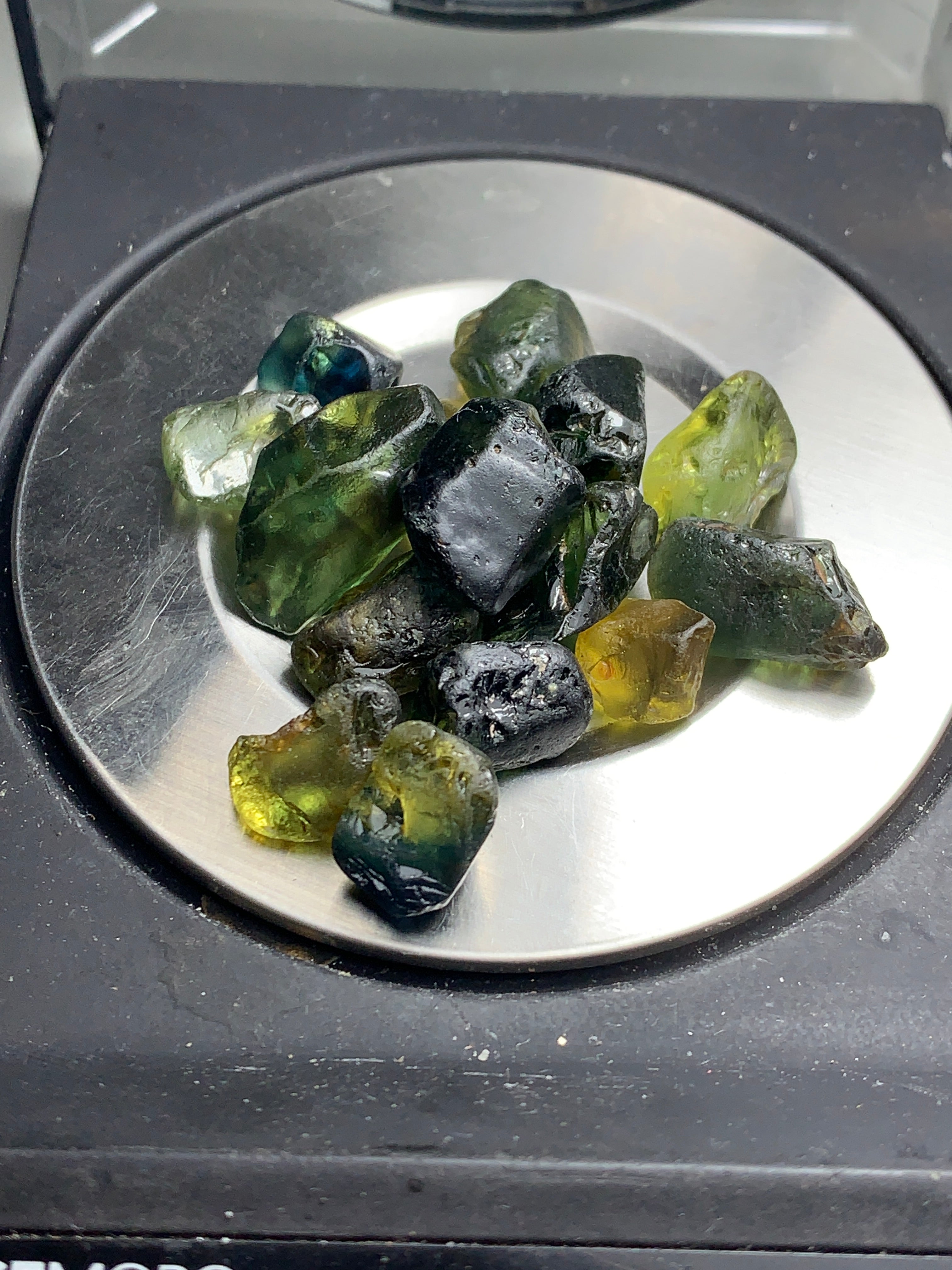
INFORMATION GATHERING STAGE
Colour Zoning
Color zoning is frequently observed in sapphires, particularly those of Australian origin. Look out for distinctive colour zoning patterns, which typically appear at angular intervals of 120/60 degrees to each other, often following the hexagonal crystal pattern.
Sapphire colour zoning refers to the uneven distribution of colour within a sapphire gemstone, resulting in distinct bands or patches of different colours. This zoning occurs during the formation of the sapphire crystal, often due to variations in the presence of certain trace elements or changes in growth conditions within the gem's environment.

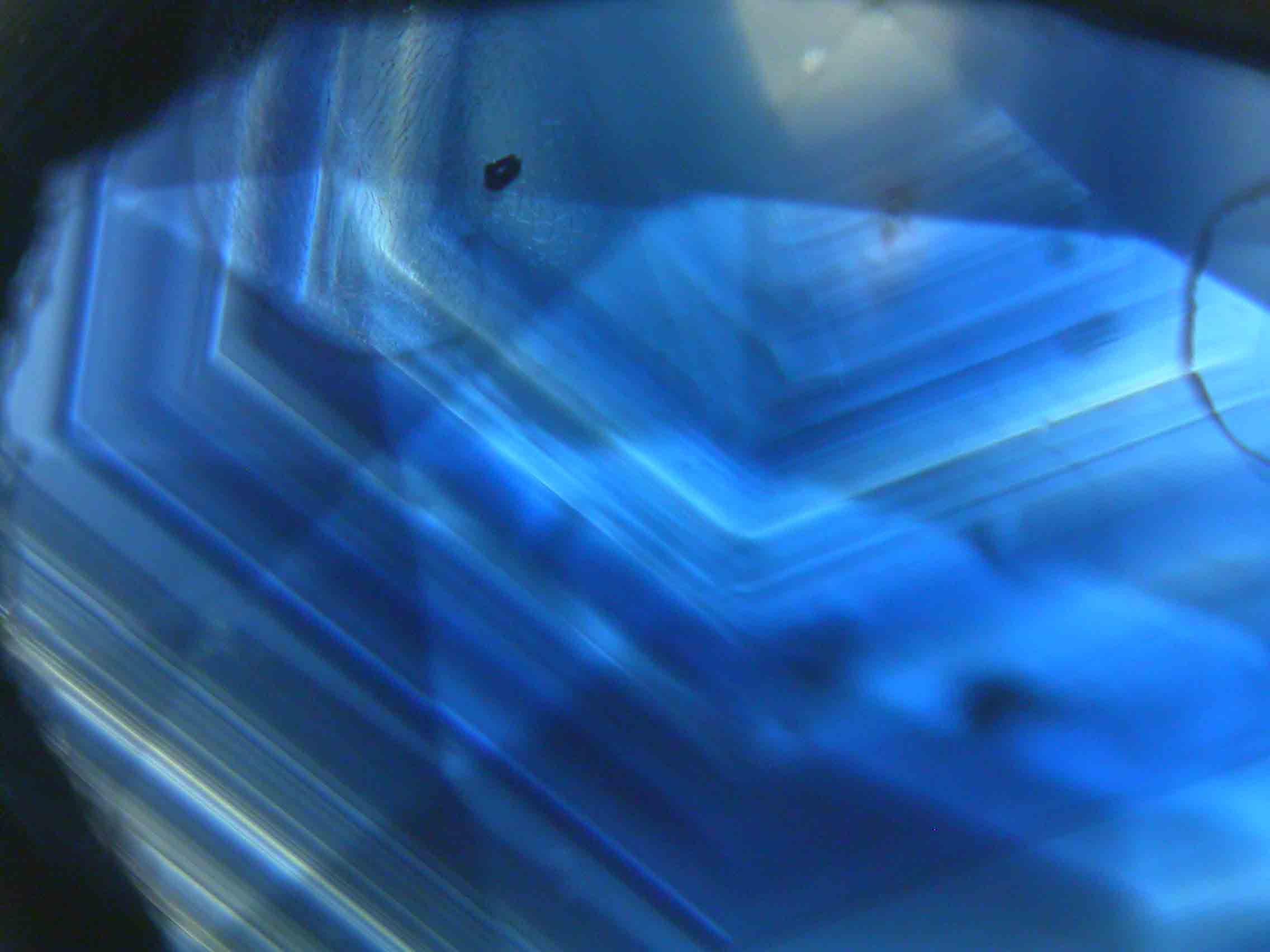
Photo: Color zoning resembles the rings found in tree trunks, which are directly influenced by environmental changes during its formation.
Silk Inclusions
Silk inclusions in sapphires are a common feature that can affect the gemstone's appearance and value. These inclusions are composed of fine needle-like or thread-like crystals of a mineral called rutile, which is also known as titanium dioxide. When these rutile crystals are densely packed together in sapphire, they create a silky appearance within the stone.
It's crucial to understand that straight rutile needles intersect at angles of 60 and 120 degrees. This is due to sapphires forming in a hexagonal shape, similar to how colour zoning, rutile inclusions consistently appear in an orderly fashion.
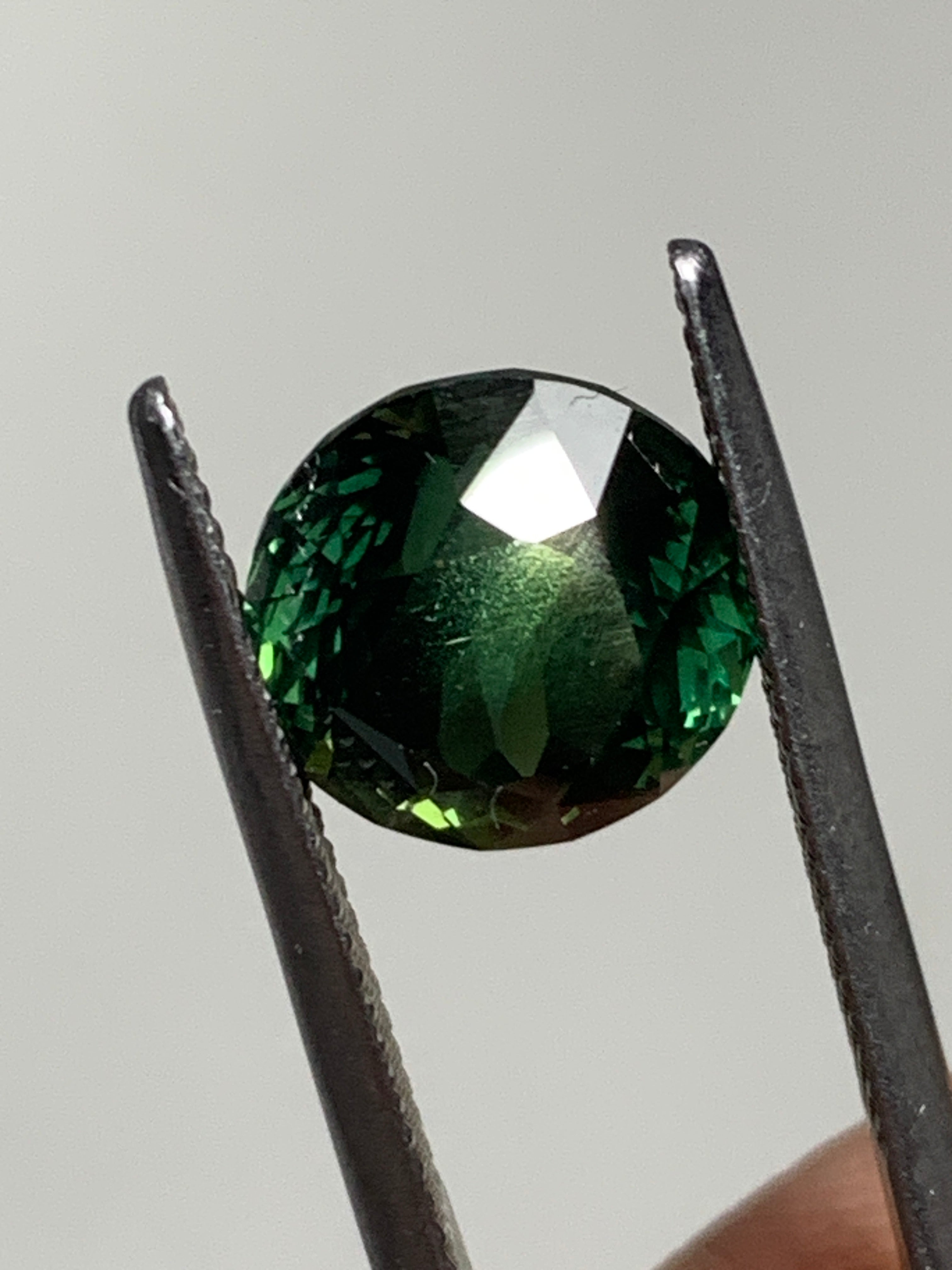
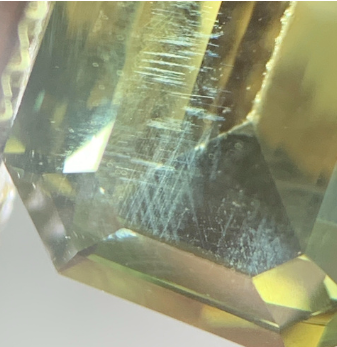
Photograph: Rutile needles typically exhibit reflection under direct light sources. These needles are more readily observable in faceted stones, often indicating a natural and untreated origin.
Shape
If the stone hasn't undergone significant erosion, you might discern a rough sapphire by its crystal form. Sapphire crystals typically exhibit a hexagonal pattern commonly referred to as dogstooth.
Indeed, the journey of crystals through geological processes can often result in their fragmentation or alteration.
Many crystals endure significant wear and tear over millions of years.
Most of them may be just mere chips of an original crystal, so closely observe any flat crystal faces.
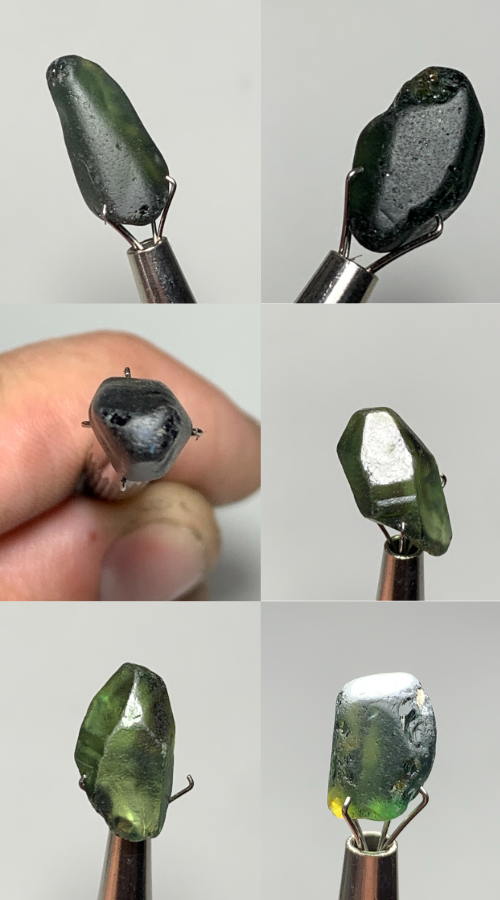
Pleochroism
In the case of sapphire pleochroism can manifest as variations in colour intensity or hue when the gemstone is rotated or viewed from different angles. For example, a sapphire might appear blue when viewed from one angle and green when viewed from another angle.
Sapphires from Australia consistently exhibit a blue color along the crystal's longest axis, also known as the optic axis. However, the absence of pleochroic colors would indicate that the stone cannot be a sapphire.

Summary
Now that you've discovered, there are numerous visual clues to identifying a sapphire even before conducting any tests on the stones. Both rough and faceted sapphires may exhibit the same characteristics. The more evidence you gather, the more likely the stone truly is a sapphire. However, some pieces may reveal more clues than others.
Prior experience and local knowledge are invaluable aids. For instance, if you're at the Queensland Gemfields, where only several gem species like zircon, sapphire, and black spinel are found, it significantly narrows down the possibilities.
Part one provides a basic understanding of what sapphire is and the common traits shared by all sapphires. Now, part two will present actual tests that can be conducted to successfully identify a sapphire.
